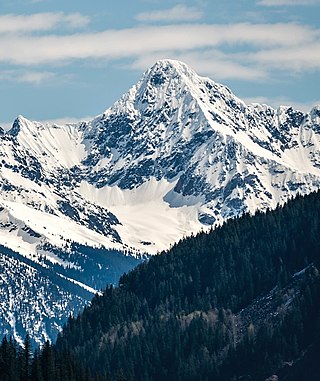
Albert Peak is a 3,045-metre (9,990-foot) mountain summit located in British Columbia, Canada.

Howser Peak is a 3,094-metre (10,151-foot) summit in The Bugaboos of British Columbia, Canada. It is located south of the Bugaboo Glacier and is the southernmost point of Bugaboo Provincial Park. Precipitation runoff from Howser Peak drains north into Bugaboo Creek which is a tributary of the Columbia River; as well as south to Duncan River via Howser Creek. Howser Peak is more notable for its steep rise above local terrain than for its absolute elevation as topographic relief is significant with the south aspect rising 1,380 meters (4,527 ft) in 2.5 km (1.6 mi).
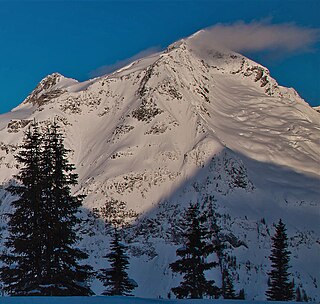
Mount Butters is a 3,141-metre (10,305-foot) mountain summit in British Columbia, Canada.
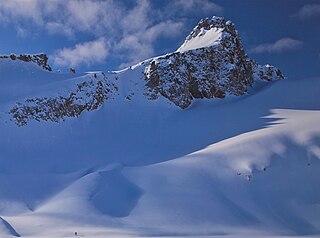
Omoo Peak is a 2,674-metre (8,773-foot) mountain summit in British Columbia, Canada.

Mount Proteus is a 3,198-metre (10,492-foot) mountain summit in British Columbia, Canada.

Typee Mountain is a 2,897-metre (9,505-foot) summit in British Columbia, Canada.
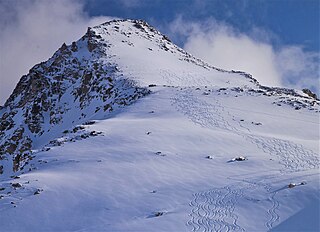
Foremast Peak is a 2,697-metre (8,848-foot) mountain summit in British Columbia, Canada.
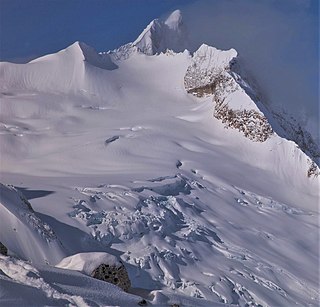
Pequod Mountain is a 2,979-metre (9,774-foot) summit in British Columbia, Canada.
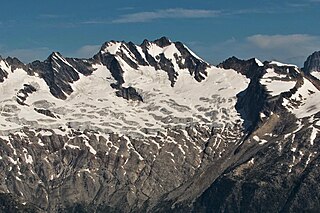
Moby Dick Mountain is a 3,154-metre (10,348-foot) summit in British Columbia, Canada.
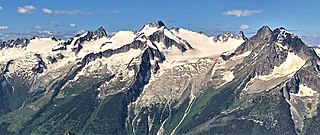
Nautilus Mountain is a 3,130-metre (10,270-foot) summit in British Columbia, Canada.
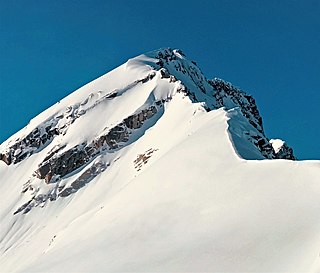
Outrigger Peak is a 2,850-metre (9,350-foot) mountain summit in British Columbia, Canada.

Mainmast Peak is a 2,863-metre (9,393-foot) mountain summit in British Columbia, Canada.

Wrong Peak is a 2,869-metre (9,413-foot) summit in British Columbia, Canada.

Purity Mountain is a 3,149-metre (10,331-foot) summit in British Columbia, Canada.

Mount Duncan is a 3,202-metre (10,505-foot) summit in British Columbia, Canada.

Wallace Peak is a 2,940-metre (9,650-foot) summit in British Columbia, Canada.

Mount Nemo is a 2,901-metre (9,518-foot) summit in British Columbia, Canada.

Catamount Peak is a 2,733-metre (8,967-foot) mountain located in Glacier National Park in British Columbia, Canada. Catamount Peak is part of the Hermit Range of the Selkirk Mountains and is 7 km (4.3 mi) west of Rogers Pass. It is approximately midway between Revelstoke and Golden. Neighbors include Cheops Mountain, 5.05 km (3.14 mi) to the east, and Ursus Major Mountain, 1.83 km (1.14 mi) to the northeast. Precipitation runoff from the mountain's south slope drains to Illecillewaet River via Cougar Brook, and the north slope drains to the Beaver River via Ursus Creek. Topographic relief is significant as the summit rises 1,230 metres (4,035 ft) above Ursus Creek in 2 km (1.2 mi) and 930 m (3,051 ft) above Cougar Brook in 1 km (0.62 mi). This peak is visible from the Trans-Canada Highway.
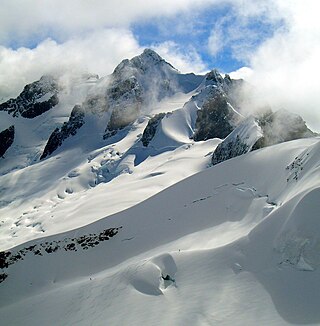
Austerity Mountain is a 3,337-metre (10,948-foot) mountain in British Columbia, Canada.
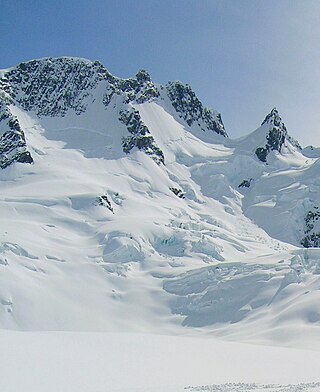
Pioneer Peak is a 3,245-metre (10,646-foot) mountain in British Columbia, Canada.
























